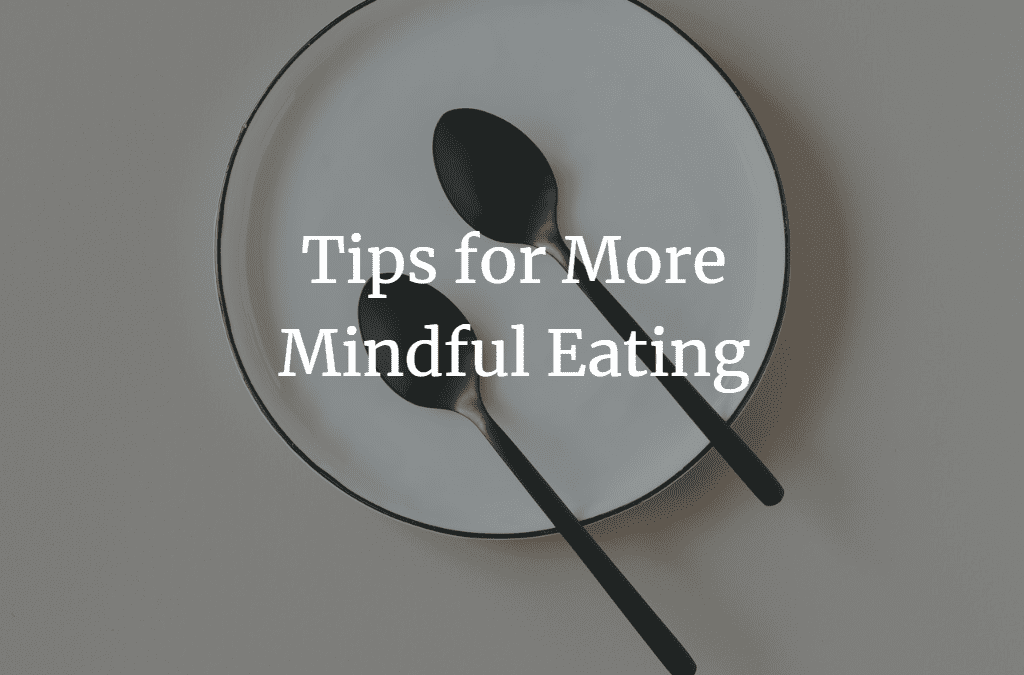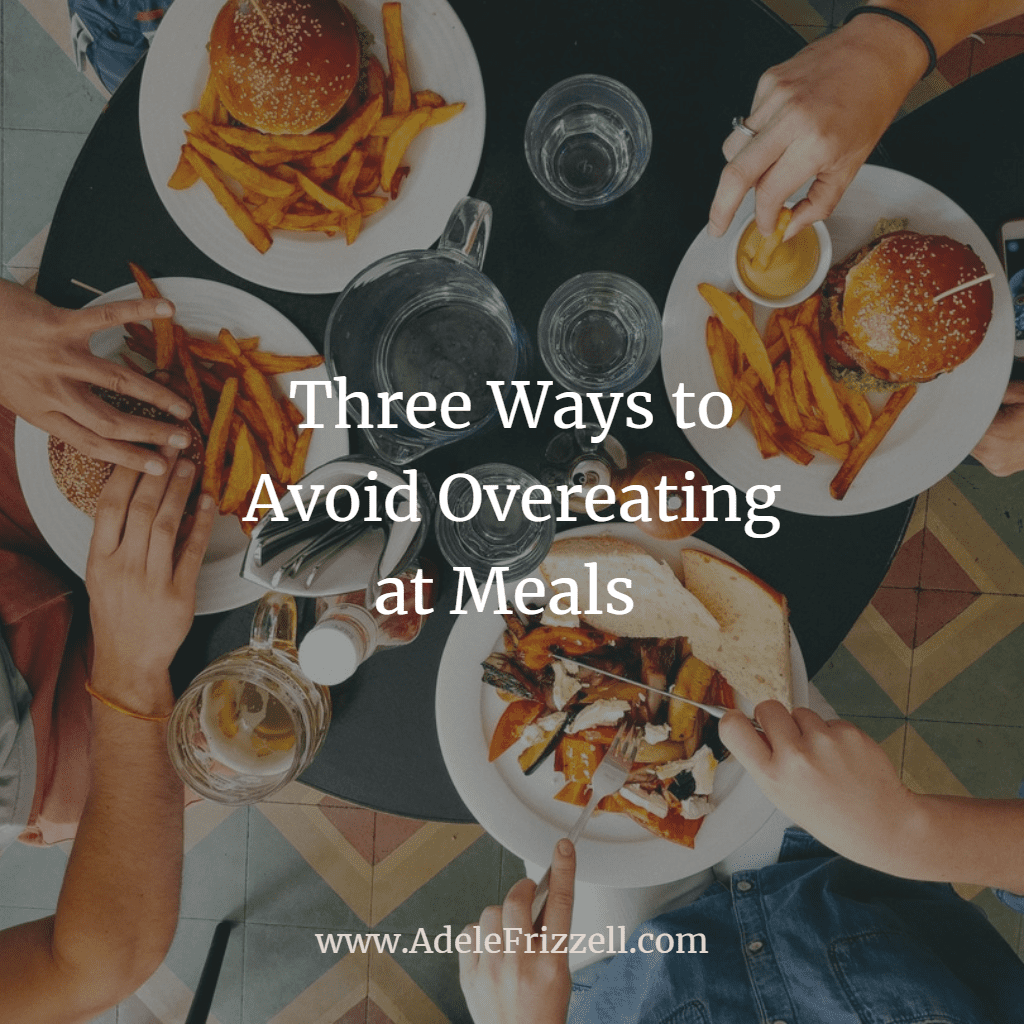Pay attention to how you eat and drink.
Are you rushed, not properly chewing your food, and possibly suffering from gastrointestinal issues? Do you drink your food?
Mindful eating means to take smaller bites, eat slowly, chew thoroughly, and savor every bite. Notice and appreciate the smell, taste, and texture.
Breathe.
This gives your digestive system the hint to prepare for digestion and to secrete necessary enzymes. Breathing also activates our parasympathetic nervous system – the “rest and digest” activities that occur in the body.
Breathing can also help with weight loss because it slows us down. Eating slower often means eating less.
The Twenty Minute Rule for Mindful Eating
You’ve probably heard that it takes about 20 minutes for your brain to know that your stomach is full. This is because your food needs to be chewed, and then processed in the gut. For example, carbohydrates get broken down into glucose, and when glucose goes up, insulin also goes up. At the same time, your gut releases satiety hormones which signal your brain which tells you to “stop eating”.
All carbohydrates get broken down into glucose, whether it’s a broccoli or Pop Tarts.
The benefit of eating more slowly is that thoroughly chewed food is easier to digest. When digestion is working well, it’s easier to extract and absorb essential nutrients. When digestion isn’t working well, we suffer from bloating, constipation, indigestion, and vitamin deficiencies.
So why not “drink” all your food instead of chewing it? Here’s why.
Drinking Versus Eating Your Food
Anything that is slippery is easy to overconsume. This includes pasta, milkshakes, fruit juice, and soda. It can also be “healthy” things like nut butters and smoothies.
Think about it: it’s more filling to eat an apple than to drink a glass of apple juice. Most of the time, chewing your food is going to feel more satiating than drinking it.
However, a green smoothie can be the exception, due to the high amount of fiber. Fiber slows digestion, and keeps you feeling full longer.
Yes, smoothies can be healthy and a tasty way to get in some fruits and veggies (hello leafy greens!) but drinking too much food can still contribute to a weight problem and feelings of sluggishness if you add in a lot of extra items such as peanut butter, milk, ice, cream, full fat yogurt, and bananas. Some smoothies can tip the scales at 1000 calories! I recommend making your own smoothies from home, so you can control what goes into the blender.
Don’t get me wrong, a green smoothie can make an amazingly nutrient-dense meal and is way better than stopping for convenient junk food – just consider a large smoothie to be a full meal and not a snack, especially if you’ve bumped the calories by adding fats and dairy to it.
Tip: Don’t gulp your smoothies. Sip them and take your time. Remember the 20-minute rule.
If your smoothies don’t fill you up like a full meal does, try adding in a spoonful of ground flax seed or chia seeds, or even a scoop of protein powder. The fiber and fats and protein will keep you feeling full for longer.
Summary:
Chew your food slowly. Put your fork down between bites. Breathe. Truly appreciate your meal. Give yourself 20 minutes before going for a second helping.
Link to green smoothie challenge.






